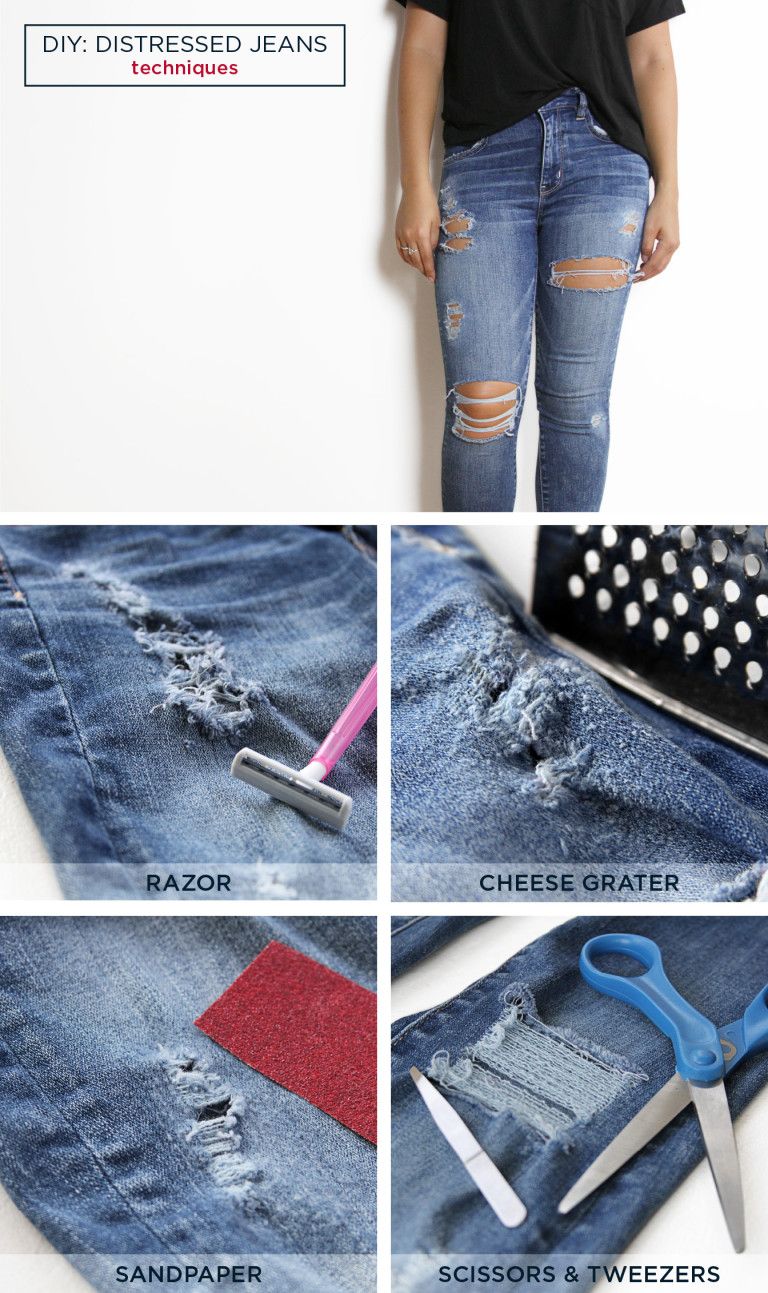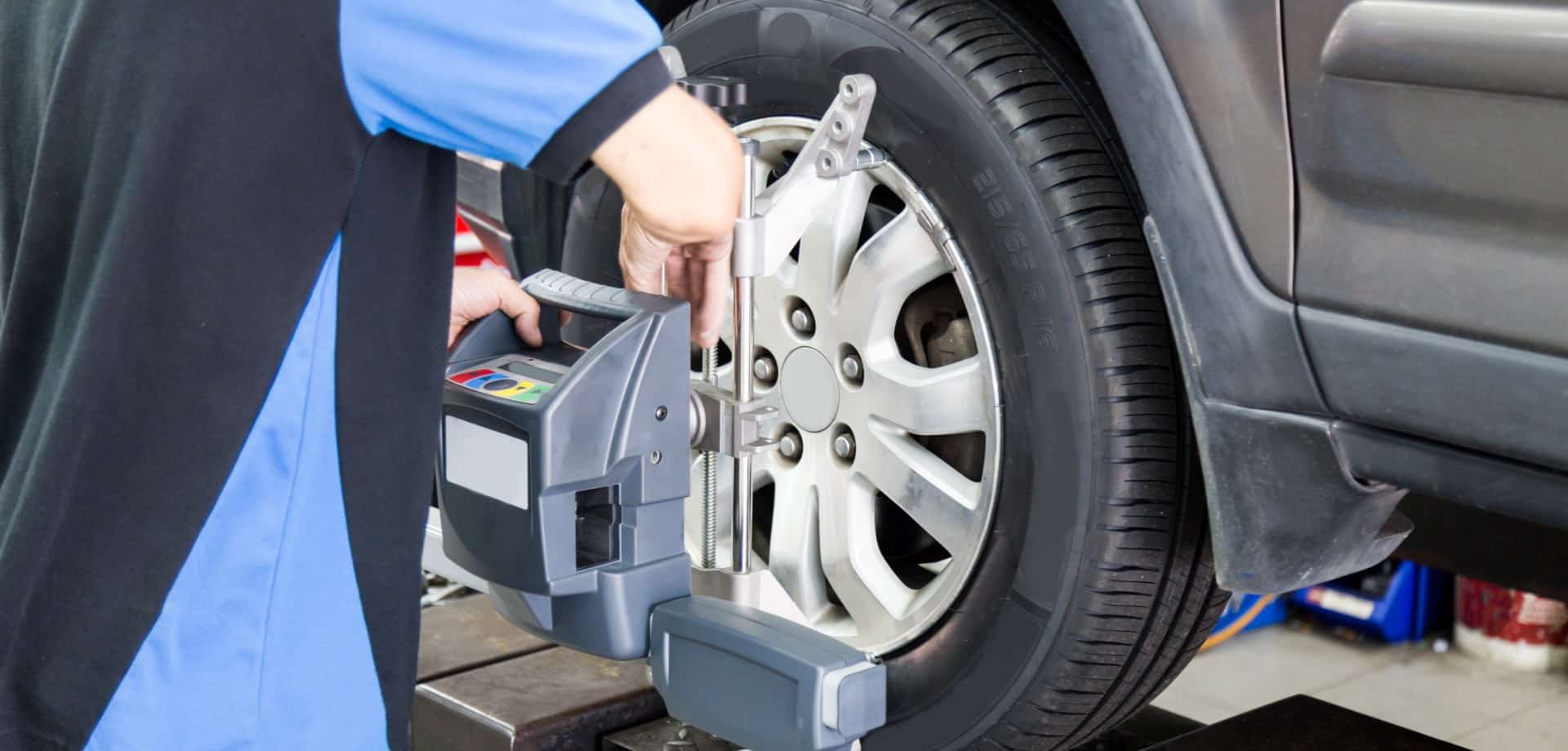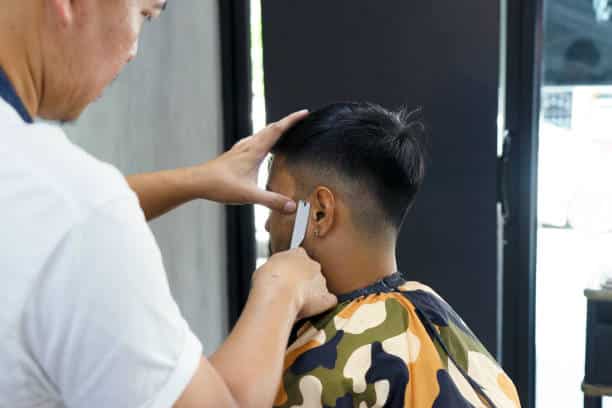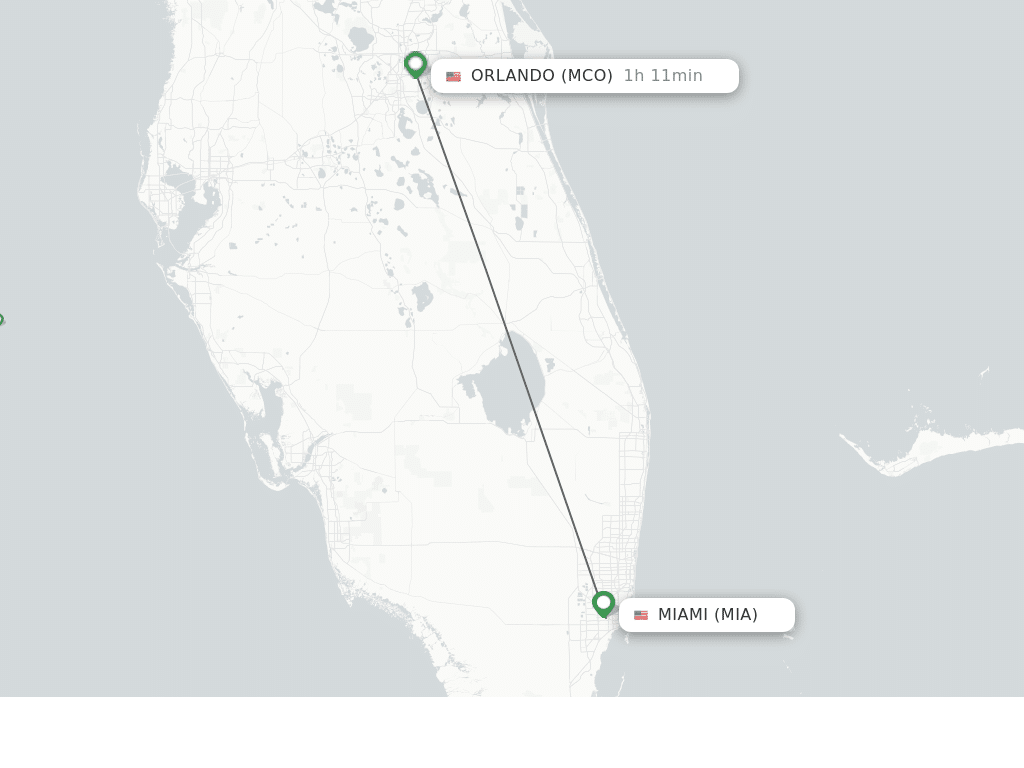Denim jeans with a stylish frayed hem have become a fashion staple, providing a trendy and laid-back look. While you can easily purchase pre-frayed jeans, there’s something satisfying about creating a custom, distressed look at home.
Fraying jeans at home is not only a fun DIY project but also a great way to breathe new life into your old denim.
In this article, we’ll explore seven simple steps to help you master the art of fraying jeans, enabling you to infuse a touch of personal style into your wardrobe without breaking the bank.
Table of contents
How to Fray Jeans
Fraying jeans at home is a simple and creative DIY project that allows you to achieve a trendy, distressed look for your denim. Here are seven steps to help you fray jeans at home:
Materials You’ll Need:
- A pair of jeans
- Sharp scissors or a seam ripper
- Chalk or a fabric pencil
- Sandpaper
- Optional: washer and dryer
Step 1: Choose the Right Pair of Jeans
Select a pair of jeans made from medium-weight denim, as it frays well without being too flimsy. You can use an old pair of jeans you already own or purchase a new pair to customize.
Step 2: Mark the Areas to Fray
Decide where you want to create the distressed look. The most common areas to fray are the hem or cuffs, as well as along the pockets or thighs. Use chalk or a fabric pencil to mark the areas.
Step 3: Cut the Hem
If you’re fraying the hem or cuffs, make a horizontal cut where you marked the fabric. You can choose the length of the cut based on how much fraying you desire. For a subtle look, make a shorter cut; for a more distressed appearance, cut a bit longer.
Read also: 26 Legitimate Ways to Get a Costco Student Membership for Free
Step 4: Make Vertical Cuts
To create the frayed strands, make vertical cuts perpendicular to the initial horizontal cut. These cuts should be approximately 1/4 to 1/2 inch apart, depending on how dense you want the fraying to be.
Step 5: Distress the Edges
After making the vertical cuts, use sandpaper to distress the edges. Rub the sandpaper along the cut edges to soften them and encourage fraying. The more you rub, the more distressed the edges will become.
Step 6: Wash and Dry
To enhance the frayed effect, place your jeans in the washer and dryer. The agitation and heat will encourage further fraying. Make sure to wash your jeans separately or with like colors to avoid lint transfer.
Step 7: Trim Excess Threads (Optional)
After washing and drying, you may notice some loose threads that you can trim to achieve a neater, more polished look. Be careful not to cut the frayed strands you want to keep.
With these seven steps, you can successfully fray your jeans at home, creating a personalized and stylish distressed look. Feel free to experiment with the length and density of cuts to achieve the level of fraying that best suits your style. Enjoy your customized, one-of-a-kind frayed jeans!
Check out: What Do Guys Like to Be Called? (Top 25 Names)
Where Should I Fray the Jeans for the Best Effect?
For the best effect when fraying jeans, there are several common areas you can choose to distress. The choice largely depends on your personal style and the look you want to achieve. Here are some popular areas to fray jeans for a stylish and trendy effect:
- Hem or Cuffs: Fraying the hem or cuffs is a classic and popular choice. It provides a relaxed, casual look, and it’s a great way to give old jeans a fresh update. You can create a subtle or heavily distressed look by adjusting the length of the cut.
- Pockets: Distressing the pockets, particularly the back pockets, adds a unique touch to your jeans. It gives your denim a worn-in appearance and can be an eye-catching detail.
- Thighs: Fraying along the thighs or knee area can create a distressed, worn-in look that’s both edgy and stylish. This is especially popular for ripped or distressed jeans.
- Waistband: Some people choose to fray the waistband to give their jeans a vintage, lived-in feel. It’s a less common but distinctive choice.
- Seams and Sides: Focusing on the side seams and the outer or inner leg seams can add a unique touch to your jeans. It’s a great choice if you want to create a more unconventional or custom look.
Remember, you don’t have to limit yourself to just one area. You can combine fraying in different locations to create a distinctive, customized effect. Experiment with different areas and techniques to achieve the frayed jeans look that suits your style and preference.
Read also: What Does GMS Mean on Snapchat?
Conclusion
Fraying jeans at home is not only a creative endeavor but also an excellent way to refresh your wardrobe. With just a few simple tools and some patience, you can transform a pair of ordinary jeans into a fashion statement.
Whether you’re aiming for a subtle distressed look or something more bold and edgy, mastering the art of fraying jeans can add a touch of personality to your style and breathe new life into your denim collection.
So, roll up your sleeves, gather your supplies, and embark on this fun DIY journey to achieve that perfect, frayed jeans look at home.
Check out:: 26 Legitimate Ways to Get a Costco Student Membership for Free
Frequently Asked Questions
To fray jeans at home, you’ll need a few basic materials, including a pair of jeans, sharp scissors or a seam ripper, chalk or a fabric pencil, sandpaper, and optionally, a washer and dryer.
The best jeans for fraying are those made from medium-weight denim, as they fray well without being too flimsy. You can use old jeans you already own or purchase a new pair to transform.
The most popular areas to fray jeans are the hem or cuffs, as well as along the pockets or thighs. These areas give the jeans a stylish, distressed appearance. However, you can experiment with different locations to create a unique look.
To fray jeans using scissors, you’ll mark the areas you want to fray with chalk, make small cuts along the marked lines, and then use sandpaper to distress the edges. After that, a trip through the washer and dryer will further enhance the frayed effect.
Yes, you can customize the level of distressing by adjusting the length and number of cuts you make, as well as by varying the amount of sanding you do. This allows you to achieve your desired level of fraying, from subtle to heavily distressed.
References
- masterclass.com– how to fray jeans
- instyle.com– how to fray jeans
- silverbobbin.com– how to fray jeans






